Tulip Purple Prince Pack of 1 bulb
₹70.00
Out of stock
Email when stock available
SKU: TulipPurple
Category: Winter Bulbs
How to Cultivate Tulip Purple Prince Bulb in Indian Climate
Tulip Purple Prince Bulbs are beautiful flowers, and they are cultivated from bulbs. They can be found very easily in cold nations, but you can also grow them in India. But you need to take a little more precautions because tulips prefer cold weather. If you take proper precautions, you can have beautiful and colorful tulips in your garden.
| Number of bulbs | 1 |
|---|---|
| Sowing Month | Nov to Feb |
| Sowing Temperature | 10-25C |
| Blooming month | Jan to Aprl |
| Sun | Full sun after gemination |
Selecting the Best Bulbs
First, purchase high-quality tulip bulbs from a good supplier. Purchase firm and healthy bulbs free of cut or mold on their surface. Large bulbs will give rise to leaner-flowering ones. Purchase heat-tolerant varieties.
Tulip Purple Prince Pre-Chilling the Bulbs
Since India has a hot climate, tulips will require artificial cold stratification. Place the bulbs in the refrigerator at 4–9°C for 8 to 10 weeks. Place them in a paper bag or a mesh bag. Do not store them with fruits such as apples as fruit gas will kill them. Chilli hot pepper can be a good companion
Selecting the Right Potting Compost and Pot
Secondly, Tulips like well-drained ground. Mix compost, sand, and garden soil together to loosen and fertilize the ground. Plant in deep pots with drainage holes in pots.
Tulip Purple Prince Bulb Planting the Bulbs
Hence Plant bulb tulips in late November or early December. Fill 6–8 inch holes. Put the bulb in with the pointed end up. Space them 4 inches apart. Water lightly and cover.
Taking Care of the Tulips
Tulip Purple Prince Water the tulips lightly after planting. Don’t overwater to cause rotting of the bulb. Position the pots or bed in a shady and cool position for the first few weeks. After the shoot has emerged, position them in the full sun area. The tulips will need at least 5–6 hours of sunlight per day.
Heat Protection
Indian summers are very hot, and tulips do not like too much heat. Provide shade to the tulips with a shade net when the temperature crosses 25°C so that they are not exposed to direct sunlight. Water the tulips in the early morning or late evening so that they are not exposed to heat stress.
Tulip Purple Prince Blooming and Aftercare
Tulips bloom early in spring. They will be around for two to three weeks in flower. Do not cut the leaves as soon as the flowers drop. Allow them to dry naturally as they are the ones providing food for next year’s bulbs. Once the leaves droop, excavate the bulbs and dry store them for next year.
Conclusion
Lastly, You can easily grow tulips in India with a little extra attention. If you put the bulb in the refrigerator, give them well-draining soil, and in shade light, then you will have lovely tulips. Your garden would be lovely if you keep your garden in the Spring season properly.
| Color | Purple |
|---|---|
| Germination Level | Hard |
| Growth Pattern | Leaf without stem |
| Height | 10-15 Inches |
| Hybrid or Open Pollinated | Hybrid |
| Idea Pot Size | 10 inches |
| Ideal location | Partial Sun |
| Petals | Single |
| Origin Country | Holland |
| Spacing between plants | 10-12 inches |
Be the first to review “Tulip Purple Prince Pack of 1 bulb” Cancel reply
You must be logged in to post a review.
Related products
Rated 4.50 out of 5
₹299.00
Rated 4.00 out of 5
₹99.00
Rated 4.00 out of 5
₹99.00



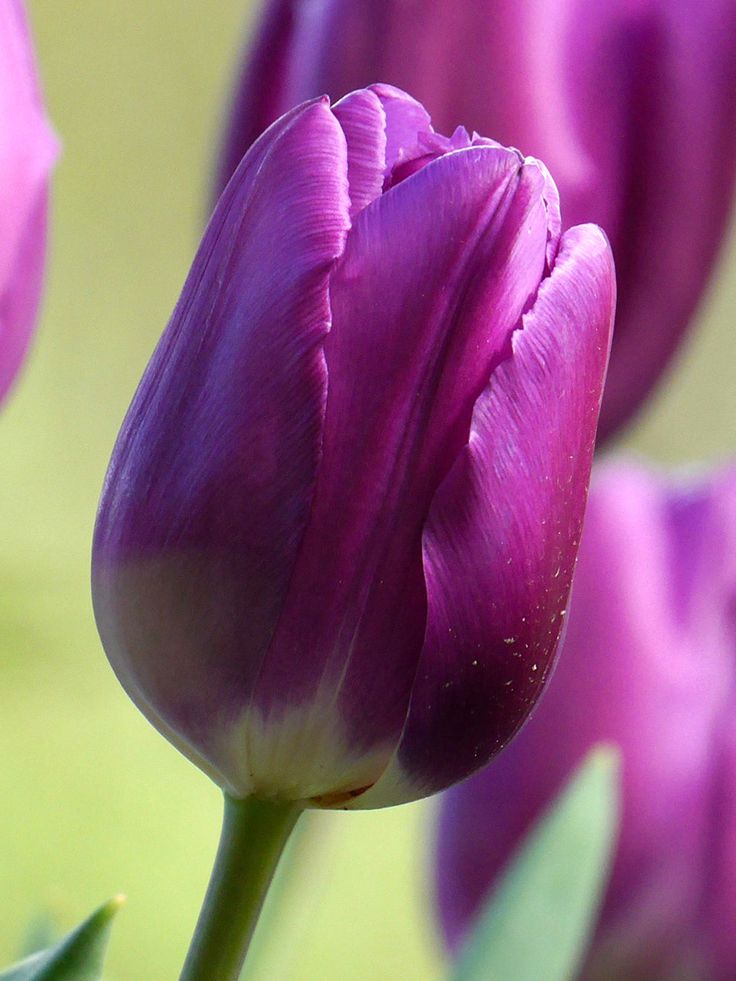

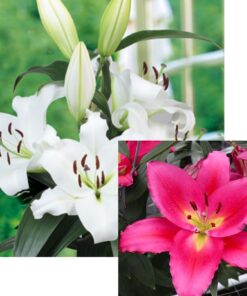

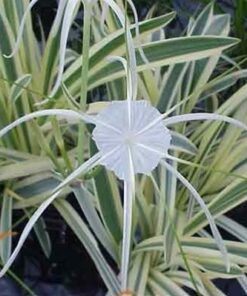
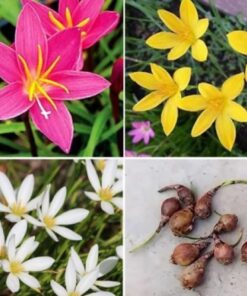
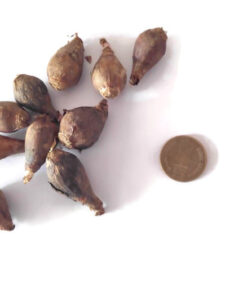
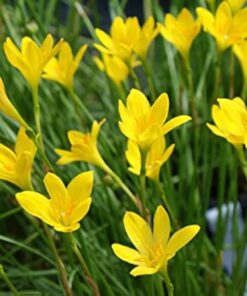

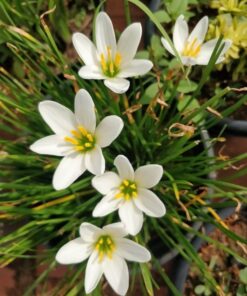

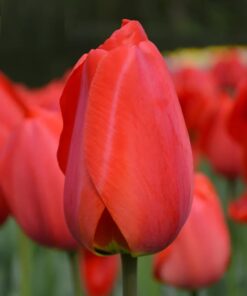
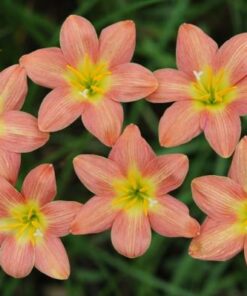
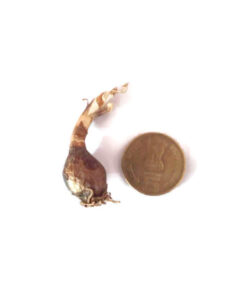
Reviews
There are no reviews yet.